

Virtual reality (VR) is changing the way students learn. From exploring cells in biology to conducting virtual chemistry experiments, VR makes even the most complex subjects exciting and engaging. But how do you choose the best device for your classroom? With so many options like Meta Quest, Lenovo VR, and Pico VR, finding the right fit can feel overwhelming.
This guide will help you make an informed decision, so your students can benefit from everything VR has to offer.
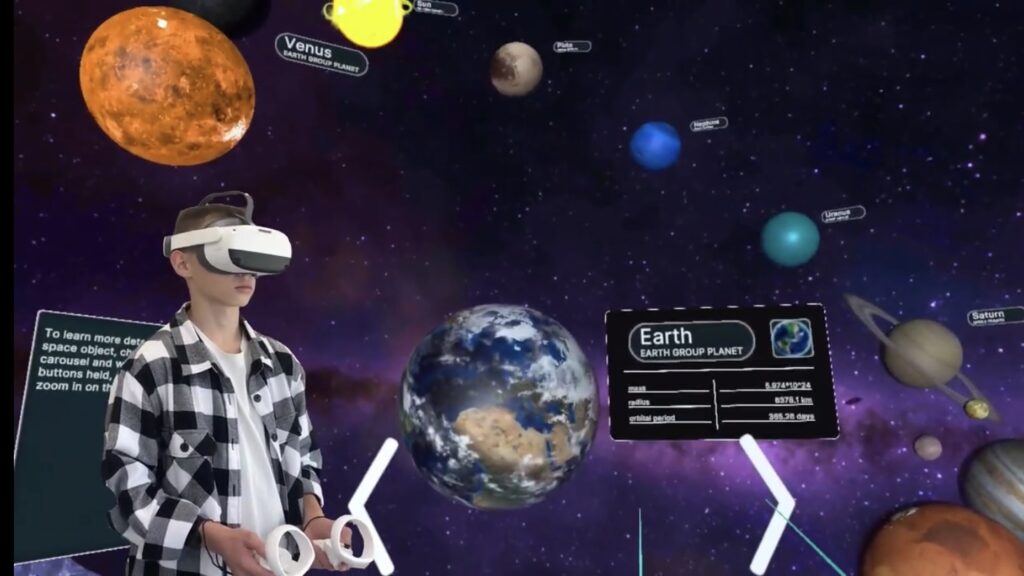
Imagine giving students the chance to travel to ancient Rome, dive into the deep ocean, or shrink down to study the inside of a cell—all without leaving the classroom. VR education makes this possible. It’s not just cool technology; it’s a powerful tool that transforms learning into a hands-on, immersive experience.
With VR, students can:
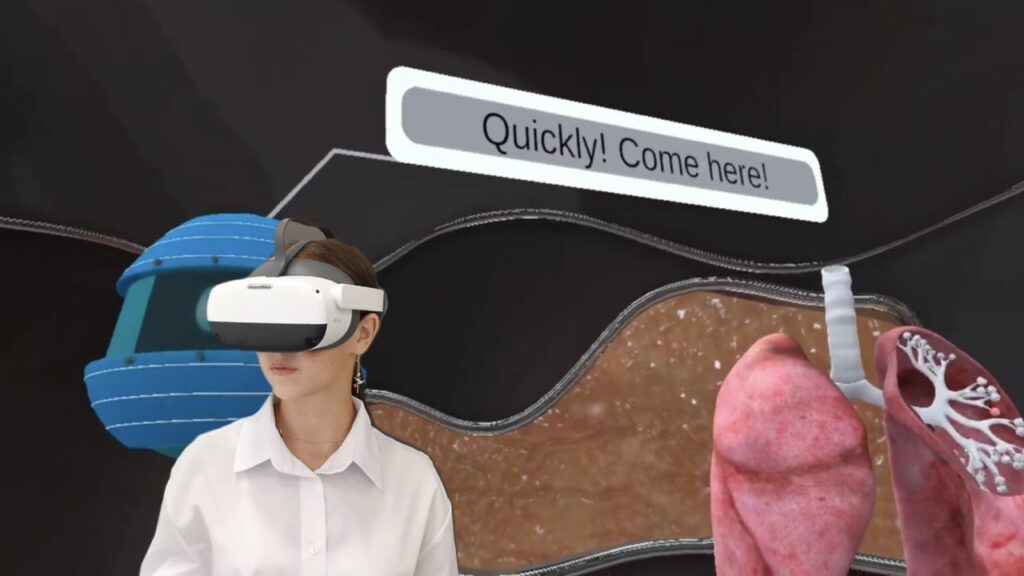
A few years ago, bringing VR into schools would have cost a fortune. Now, devices like Meta Quest 2, and Lenovo VR headsets are making VR more accessible. Meta Quest devices start at just $299, offering schools an affordable way to introduce cutting-edge technology into the classroom.
If your school buys just 10 devices, you can provide dozens of students with immersive, hands-on learning experiences every day.
When it comes to choosing the right VR headset for your classroom, it’s all about finding a balance between features, content, and price. Let’s take a closer look at the top contenders:
1. Meta Quest 2/Pro
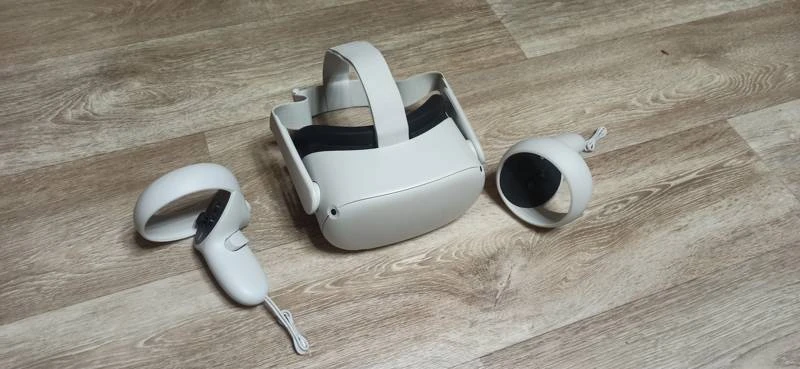
2. Pico Neo 3/4
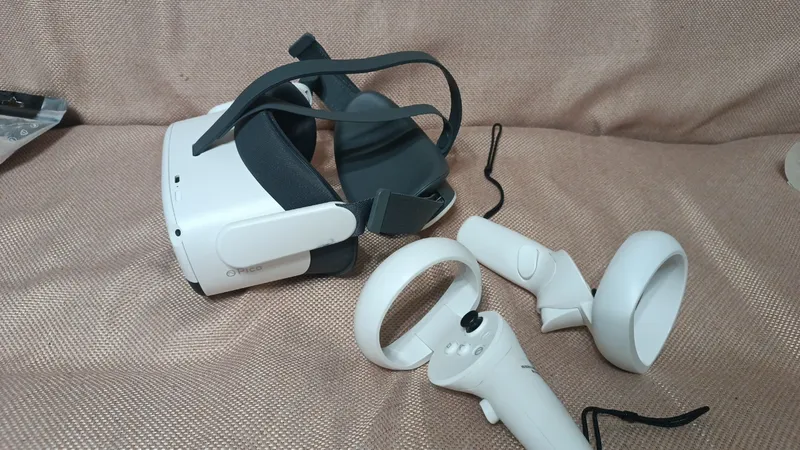
3. Lenovo VR Headsets
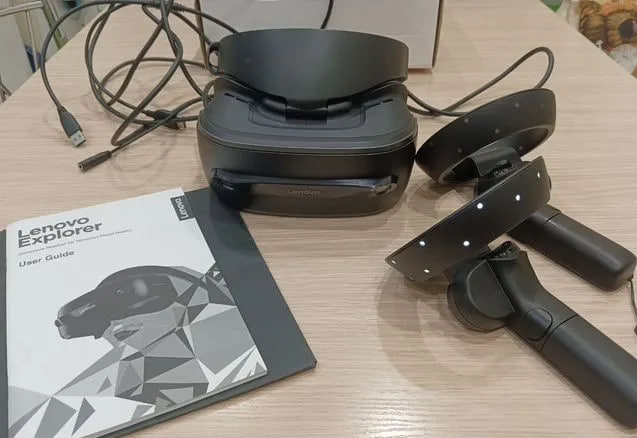
VR isn’t just about exploring new places—it’s about opening up endless learning possibilities. With platforms like XReadyLab’s Eduverse, students can shrink down to explore human cells, conduct virtual physics experiments, or navigate the solar system.
👉 Explore XReadyLab Eduverse Simulations
Other incredible apps, like Noun Town, help students practice foreign languages in virtual environments that mimic real-life situations.
For more great tools, check out our list of Top VR Education Apps for K-12 Learning.

Integrating VR into your classroom doesn’t have to be complicated. Here’s how to start:
Contrary to what some might think, VR won’t replace teachers—it enhances their role. With VR educational tools, teachers can move beyond lectures and create interactive classroom activities where students are active participants.
Imagine running a virtual experiment in a VR chemistry lab or guiding students through the solar system. VR makes lessons memorable and keeps students engaged.
Choosing the right VR device can open up a world of possibilities for your students. Whether you go with Meta Quest, Pico VR, or Lenovo VR, each offers unique features that can bring your lessons to life.
Start small, train your teachers, and select the right content. Before you know it, you’ll have an interactive classroom where learning is exciting, engaging, and unforgettable.
Ready to take your classroom to the next level?
👉 Request Your Free Demo Today and see how VR can transform your school.
Frequently Asked
We prodive VR biology, VR physics, and VR chemistry simulations. Please, check our catalog.
Please, fill the form to get demo labs for free.
Please contact our customer support service at support@xreadylab.com or book a call with the team to find out the conditions and book the VR class set up at your school.
Subscription to XReady Lab interactive VR labs. If you are a school, then you are also given access to the VR classroom system. VR class system helps you easily launch VR lessons for a large number of students, follow the experience of each student, as well as customise the content without developers.
We adhere to the world’s generally accepted recommendations and research. Our products are suitable for children from 12 years old.